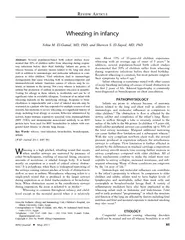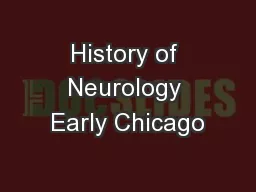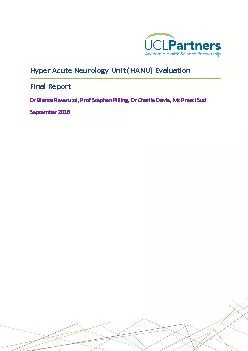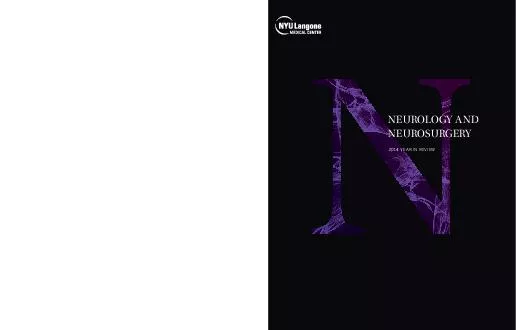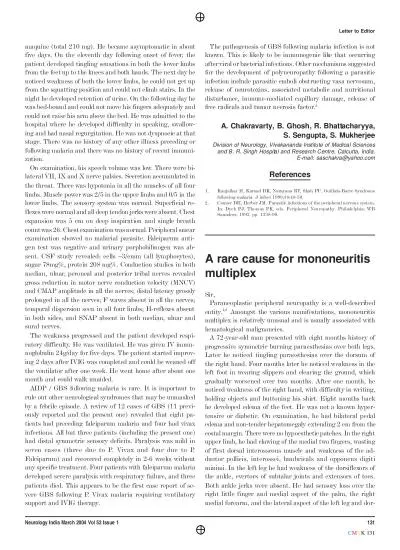PPT-By Gamal Yousof md.neurology
Author : trish-goza | Published Date : 2018-12-04
kafr El Sheikh general hospital Copy epilepsy Women with WWE Can you answer these questions 1Is epilepsy affected by menstruation and why 2What to do when your
Presentation Embed Code
Download Presentation
Download Presentation The PPT/PDF document "By Gamal Yousof md.neurology" is the property of its rightful owner. Permission is granted to download and print the materials on this website for personal, non-commercial use only, and to display it on your personal computer provided you do not modify the materials and that you retain all copyright notices contained in the materials. By downloading content from our website, you accept the terms of this agreement.
By Gamal Yousof md.neurology: Transcript
Download Rules Of Document
"By Gamal Yousof md.neurology"The content belongs to its owner. You may download and print it for personal use, without modification, and keep all copyright notices. By downloading, you agree to these terms.
Related Documents


